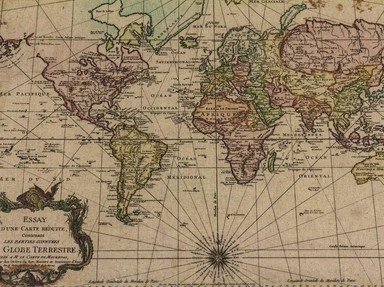Quiz Answer Key and Fun Facts
1. Largest city in Arab world and in Africa
2. Largest city on the Mediterranean Sea
3. First capital of ancient, unified Egypt
4. Large plateau with impressive ancient structures
5. Known for temples built during the Hellenistic Era
6. Named for its shape - maybe!
7. Southern-most city of ancient Egypt
8. Located where the Blue and White Niles form the great river
9. Occupied during the Predynastic Period, center of worship of Atum
10. Old city of Thebes, estimated to contain 2/3 of the world's monuments
Source: Author
ponycargirl
This quiz was reviewed by FunTrivia editor
agony before going online.
Any errors found in FunTrivia content are routinely corrected through our feedback system.
